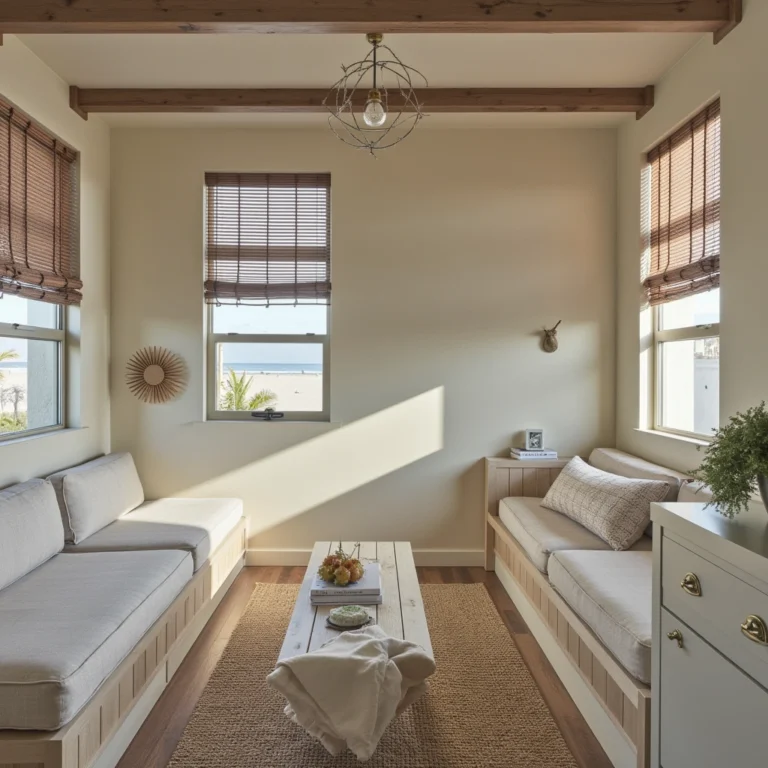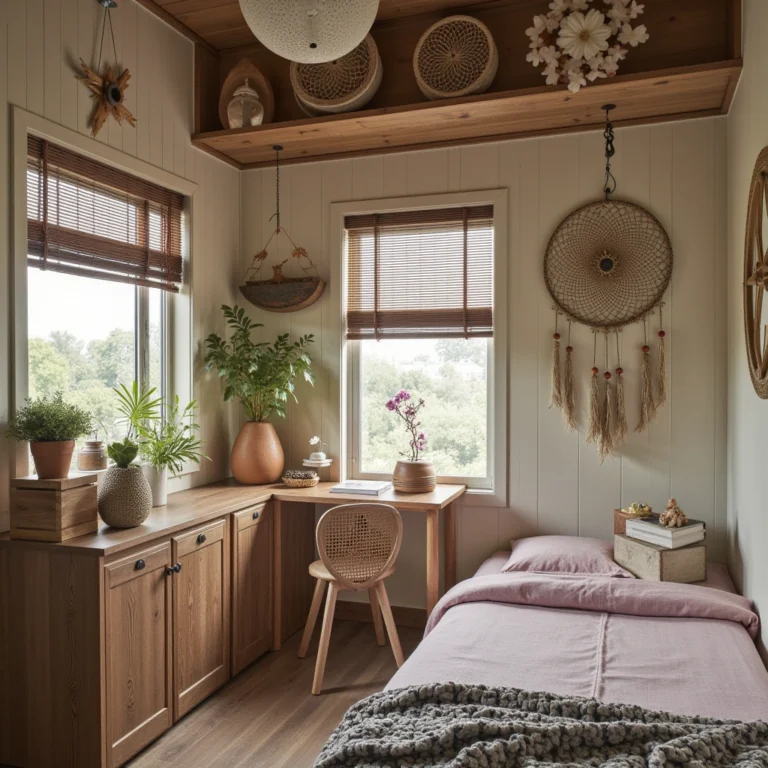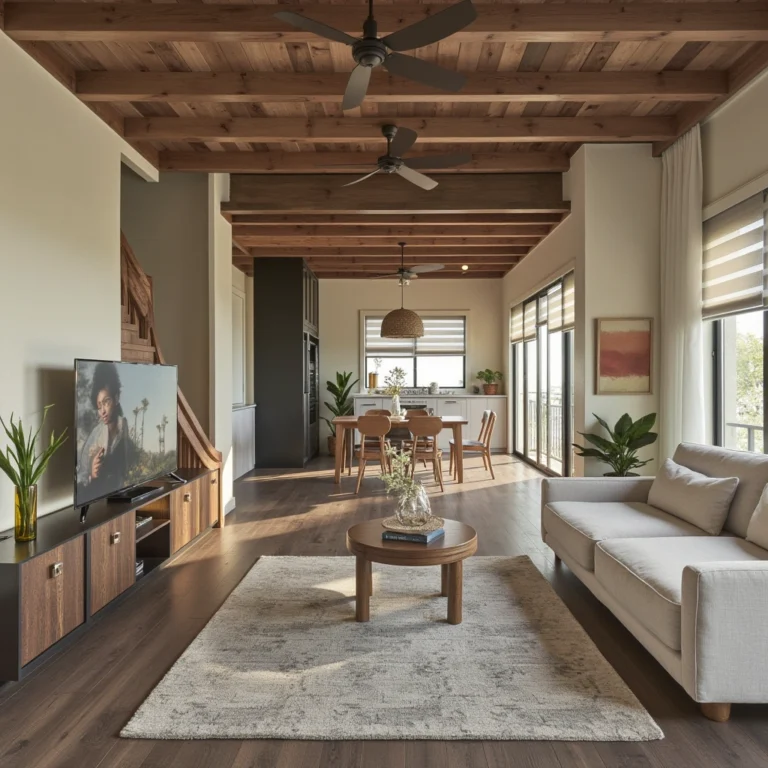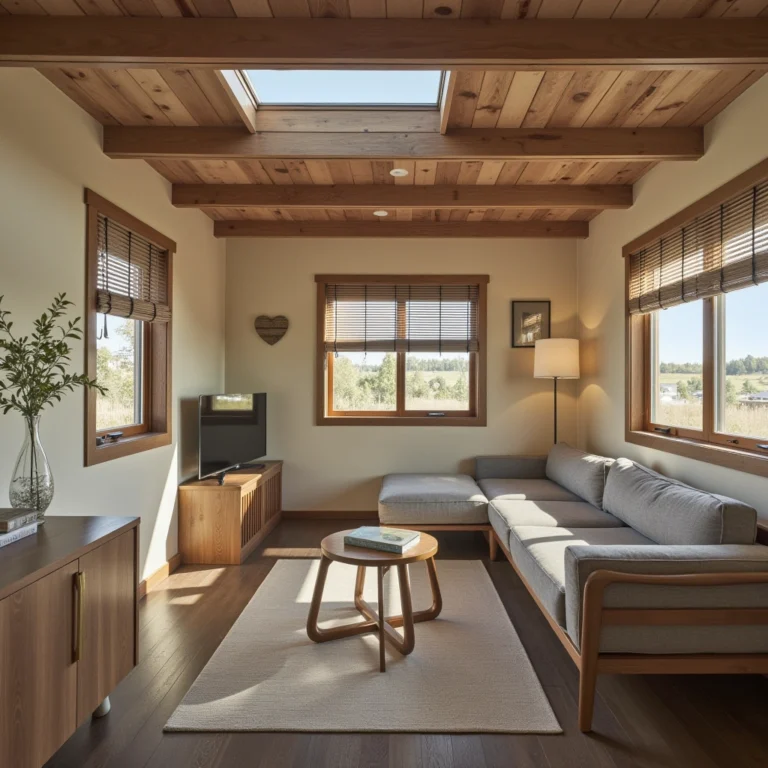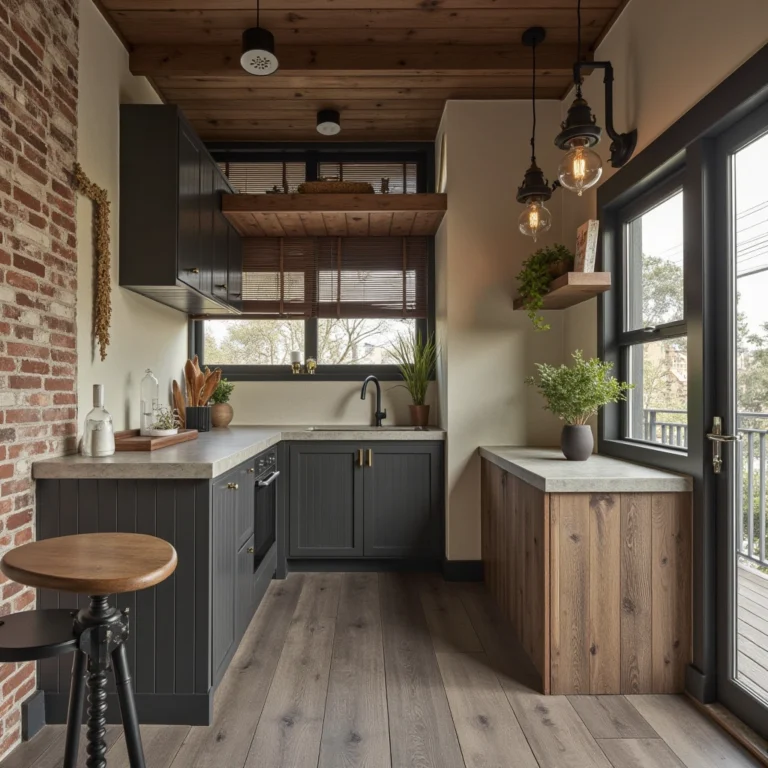18 Tiny House Living With A Toddler: A Comprehensive Guide
Embarking on the journey of tiny house living with a toddler can be an exciting and rewarding experience. With the right strategies and creative solutions, you can transform your small space into a functional and enjoyable home for your little one. In this guide, we’ll explore 18 innovative ideas to make tiny house living with a toddler a breeze.
So, how can you make tiny house living work with a toddler? The key is to maximize space, prioritize safety, and create a flexible environment that grows with your child. By incorporating multi-functional furniture, smart storage solutions, and child-friendly design elements, you can create a comfortable and stimulating space for your toddler.
Ready to dive in? Let’s explore the best tips and tricks for tiny house living with a toddler, from clever storage ideas to creative play areas.
Embrace Multi-Functional Furniture

One of the biggest challenges of tiny house living with a toddler is finding enough space for all their belongings. Multi-functional furniture is a game-changer in this regard. Invest in pieces that serve dual purposes, such as a couch that converts into a bed or a coffee table with built-in storage. This not only saves space but also keeps the area tidy and organized.
Furniture Selection:
- Sofa Bed: A comfortable seating area during the day and a cozy bed at night.
- Storage Ottoman: Provides extra seating and hidden storage for toys and books.
- Wall-Mounted Desk: Folds away when not in use, saving valuable floor space.
Practical Tips:
- Opt for furniture with rounded edges to prevent injuries.
- Choose lightweight pieces that can be easily moved around.
Suitability:
- Perfect for modern and minimalist home styles.
- Can be adapted to traditional settings with the right color and material choices.
Transitioning to the next idea, let’s look at how smart storage solutions can further enhance your tiny house living experience.
Utilize Vertical Space
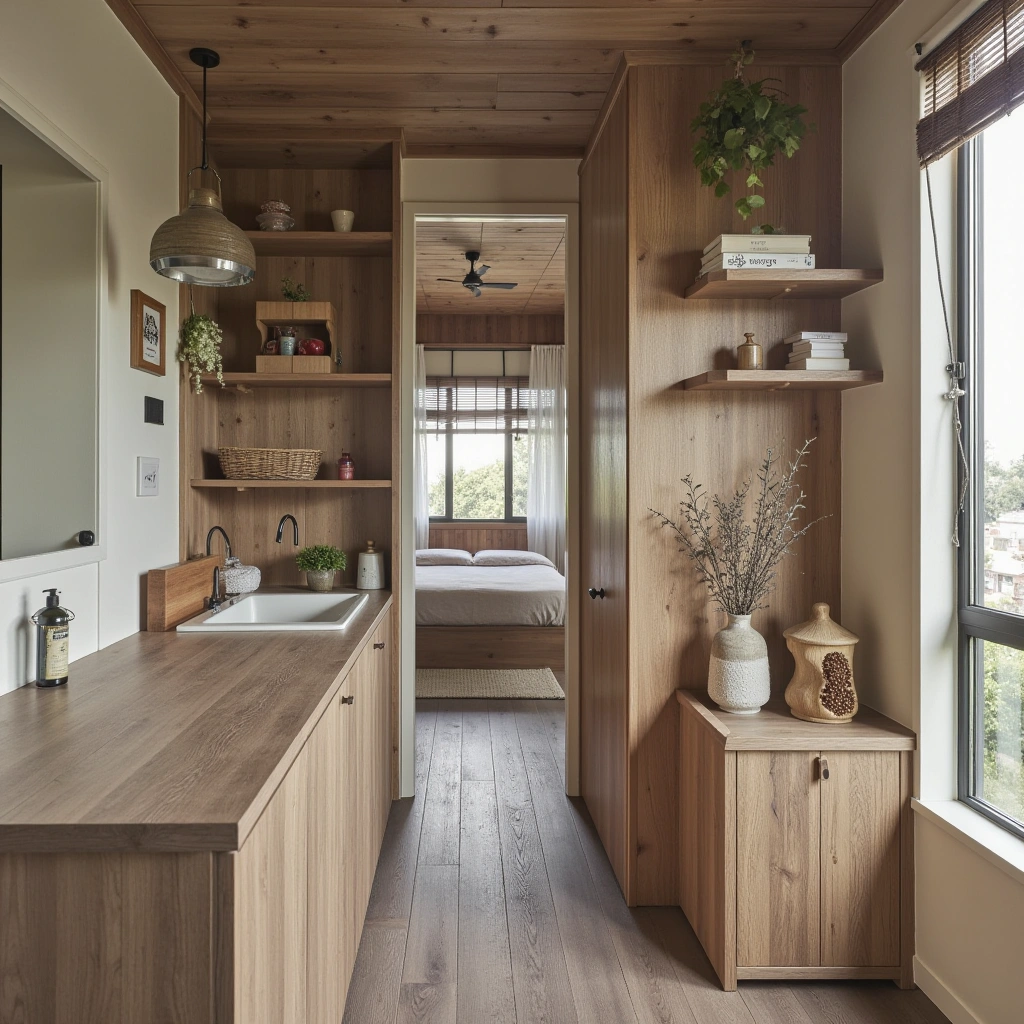
Vertical space is often underutilized but crucial in tiny house living. Maximize your walls by installing shelves, wall-mounted cabinets, and hanging organizers. This keeps the floor clear and makes the room feel more spacious.
Storage Solutions:
- Floating Shelves: Great for displaying books, toys, and decorative items.
- Wall-Mounted Cabinets: Ideal for storing clothing, toys, and other essentials.
- Hanging Organizers: Perfect for small items like socks, underwear, and accessories.
Practical Tips:
- Use baskets and bins to keep shelves organized.
- Install safety locks on cabinets to keep curious toddlers out.
Suitability:
- Works well in both modern and traditional home styles.
- Adds a touch of elegance and organization to any space.
Next, let’s explore how color schemes can impact your tiny house living environment.
Choose Calming Color Schemes
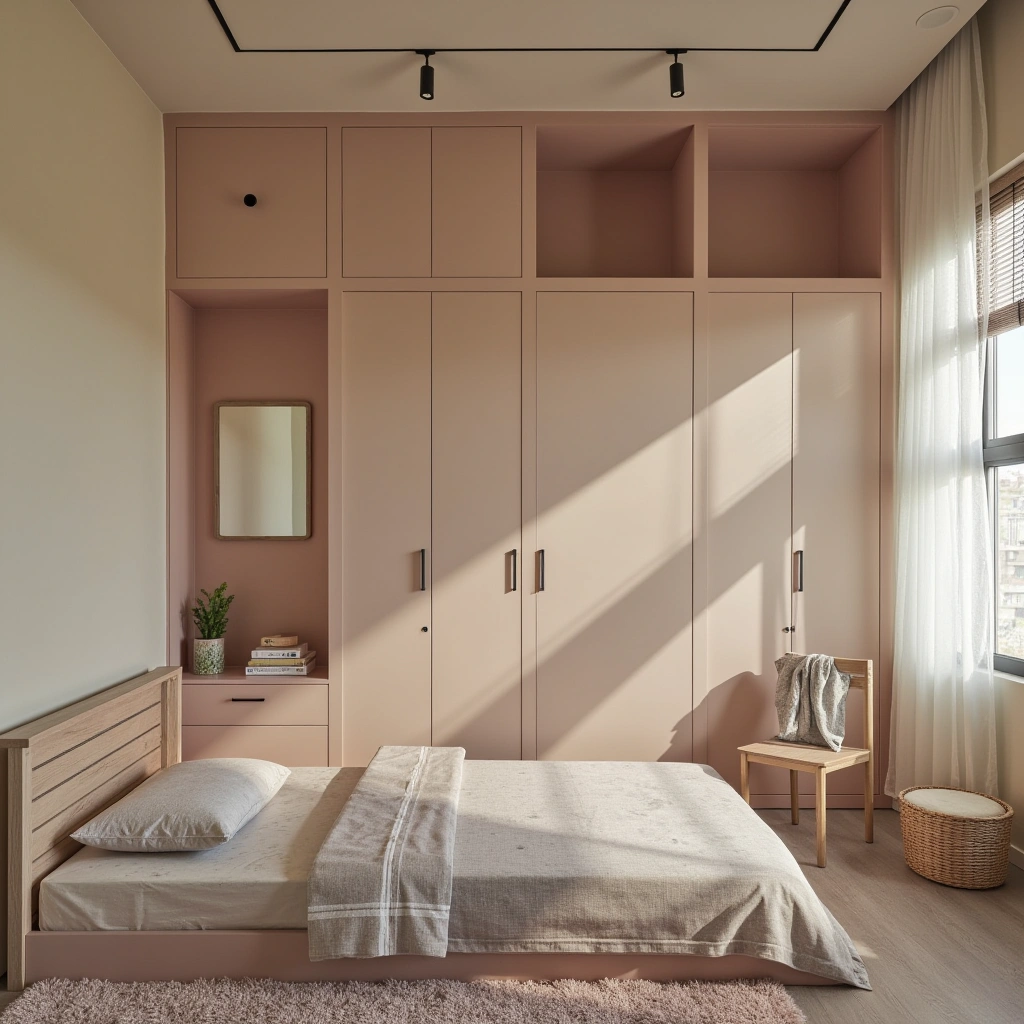
Color schemes play a significant role in creating a peaceful and stimulating environment for your toddler. Opt for soft, neutral colors that promote relaxation and creativity.
Color Schemes:
- Pastel Blues and Greens: Calming and soothing.
- Soft Yellows and Pinks: Warm and inviting.
- Neutral Greys and Whites: Versatile and easy to match with other colors.
Practical Tips:
- Use removable wall decals to add a pop of color without committing to paint.
- Incorporate colorful rugs and cushions to brighten up the space.
Suitability:
- Suitable for all home styles, from modern to traditional.
- Can be easily adapted to different themes and preferences.
Moving on, let’s discuss the importance of creating a designated play area.
Create a Designated Play Area
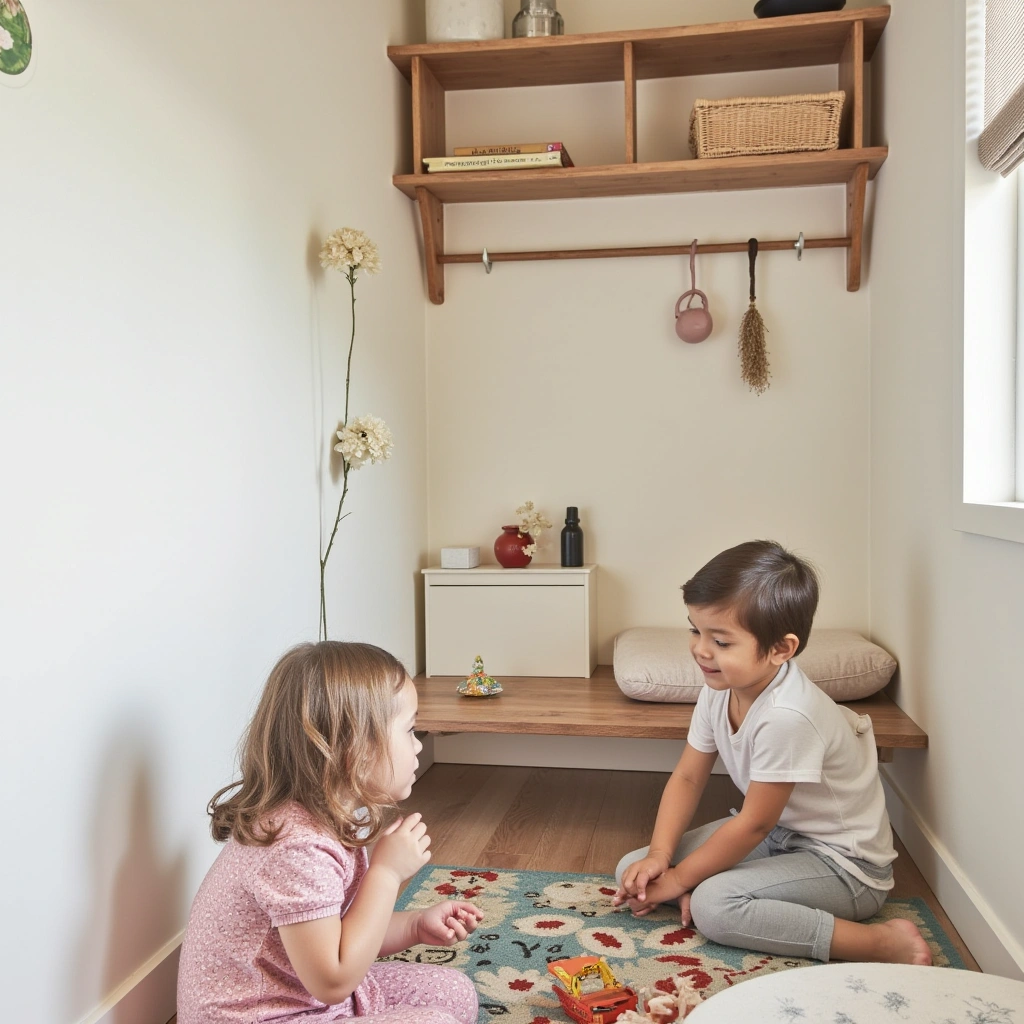
A designated play area is essential for keeping your tiny house organized and clutter-free. Set aside a small corner or nook for your toddler’s toys and activities.
Play Area Elements:
- Play Mat: A soft, cushioned area for safe play.
- Toy Storage: Bins, baskets, and shelves to keep toys organized.
- Activity Table: A small table for drawing, building blocks, and other activities.
Practical Tips:
- Use modular furniture that can be rearranged as needed.
- Incorporate educational toys and activities to promote learning.
Suitability:
- Fits well in modern and contemporary home styles.
- Can be adapted to traditional settings with the right furniture choices.
Next, let’s explore how to make the most of natural light in your tiny house.
Maximize Natural Light
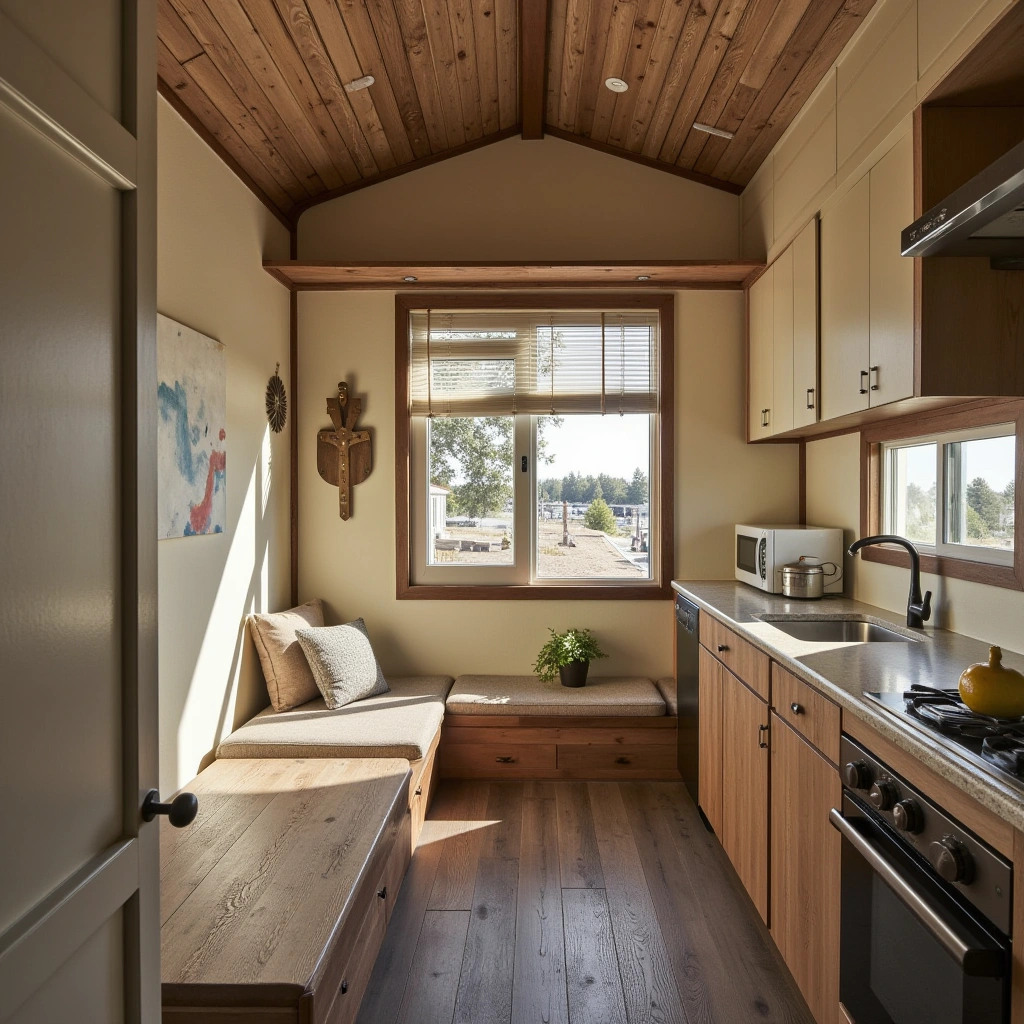
Natural light can make a small space feel brighter and more inviting. Utilize windows, skylights, and mirrors to maximize natural light in your tiny house.
Lighting Solutions:
- Large Windows: Allow plenty of natural light to enter.
- Skylights: Provide additional light from above.
- Mirrors: Reflect light and create the illusion of a larger space.
Practical Tips:
- Use sheer curtains to let in light while maintaining privacy.
- Place mirrors opposite windows to amplify natural light.
Suitability:
- Works well in all home styles, from modern to traditional.
- Adds a touch of brightness and openness to any space.
Moving on, let’s discuss the importance of safety in your tiny house.
Prioritize Safety
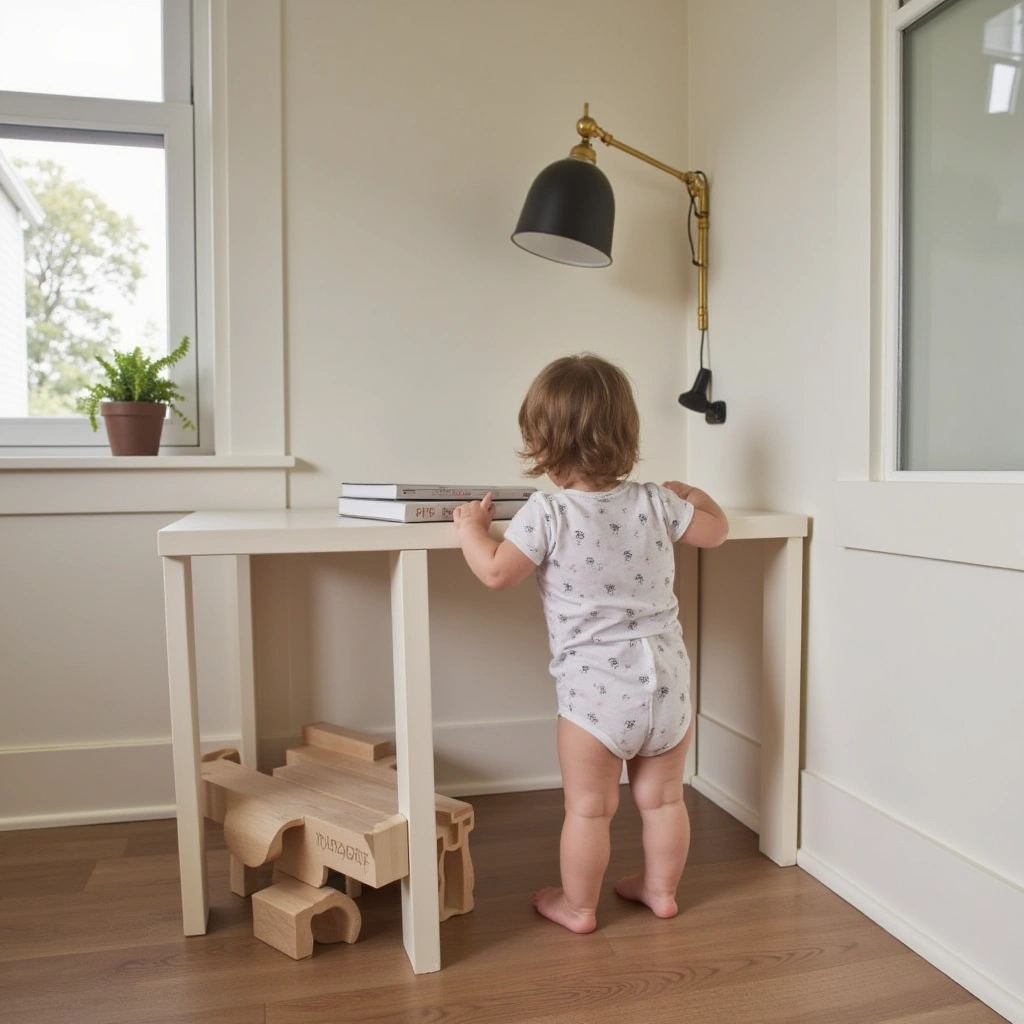
Safety is paramount when living in a tiny house with a toddler. Ensure that all furniture is securely anchored, and electrical outlets are covered.
Safety Measures:
- Furniture Anchors: Prevent tipping and accidents.
- Outlet Covers: Protect against electrical hazards.
- Safety Gates: Keep toddlers away from stairs and dangerous areas.
Practical Tips:
- Use corner guards on sharp edges.
- Install cabinet locks to keep hazardous items out of reach.
Suitability:
- Essential for all home styles, ensuring a safe environment for your toddler.
Next, let’s explore how to incorporate nature into your tiny house living space.
Bring Nature Indoors
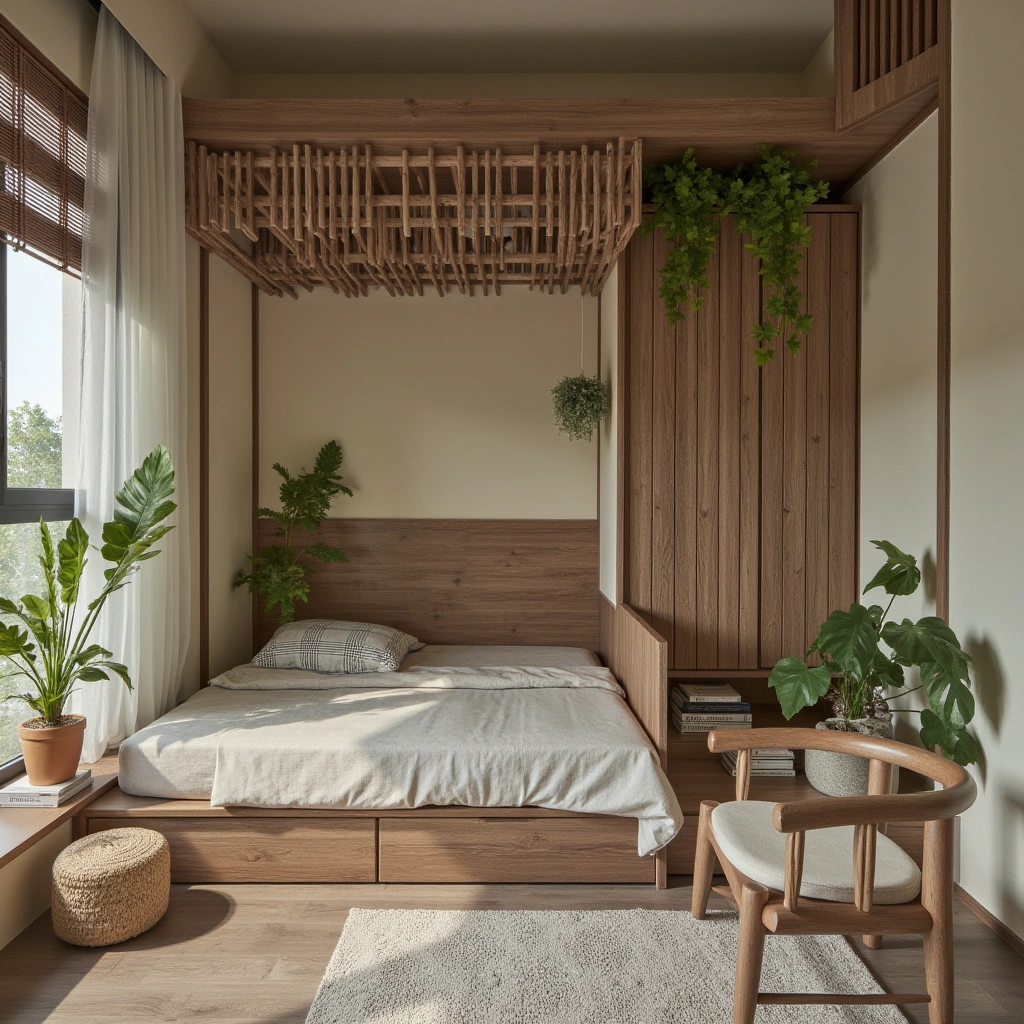
Incorporating nature into your tiny house can create a calming and nurturing environment for your toddler. Add plants, natural materials, and nature-inspired decor.
Nature Elements:
- Indoor Plants: Improve air quality and add a touch of greenery.
- Natural Materials: Wood, bamboo, and rattan for furniture and decor.
- Nature-Inspired Art: Wall art and decorative items featuring animals, landscapes, and natural scenes.
Practical Tips:
- Choose low-maintenance plants that are safe for toddlers.
- Incorporate natural textures like woven baskets and jute rugs.
Suitability:
- Works well in modern, rustic, and traditional home styles.
- Adds a touch of natural beauty and serenity to any space.
Moving on, let’s discuss the importance of a comfortable sleeping area.
Design a Comfortable Sleeping Area
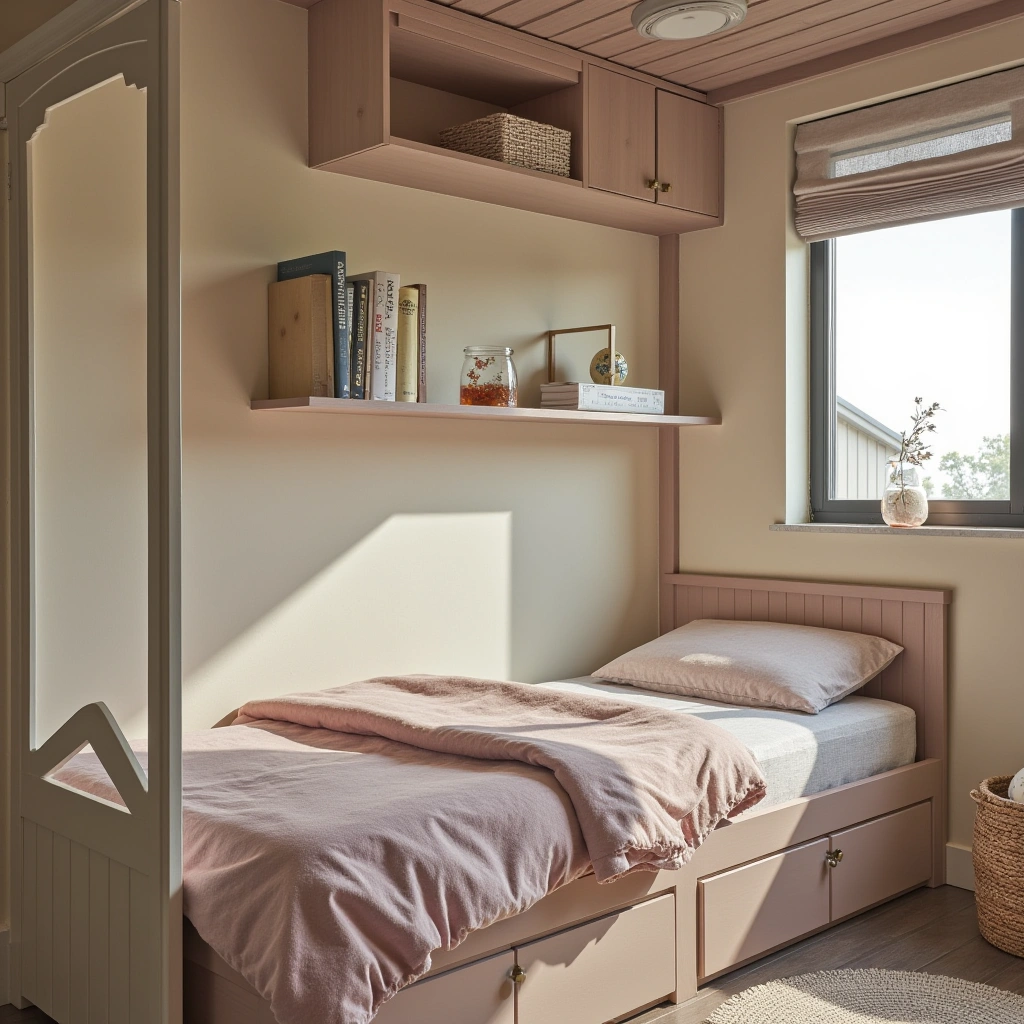
A comfortable sleeping area is crucial for your toddler’s well-being. Create a cozy and inviting space with a comfortable bed, soft bedding, and calming decor.
Sleeping Area Elements:
- Toddler Bed: A safe and comfortable bed designed for toddlers.
- Soft Bedding: Cozy blankets, pillows, and sheets.
- Calming Decor: Soft lighting, soothing colors, and relaxing wall art.
Practical Tips:
- Use a bed rail to prevent falls.
- Incorporate a nightlight for added comfort and safety.
Suitability:
- Fits well in all home styles, from modern to traditional.
- Creates a peaceful and inviting atmosphere for your toddler.
Next, let’s explore how to make the most of outdoor space in your tiny house.
Utilize Outdoor Space
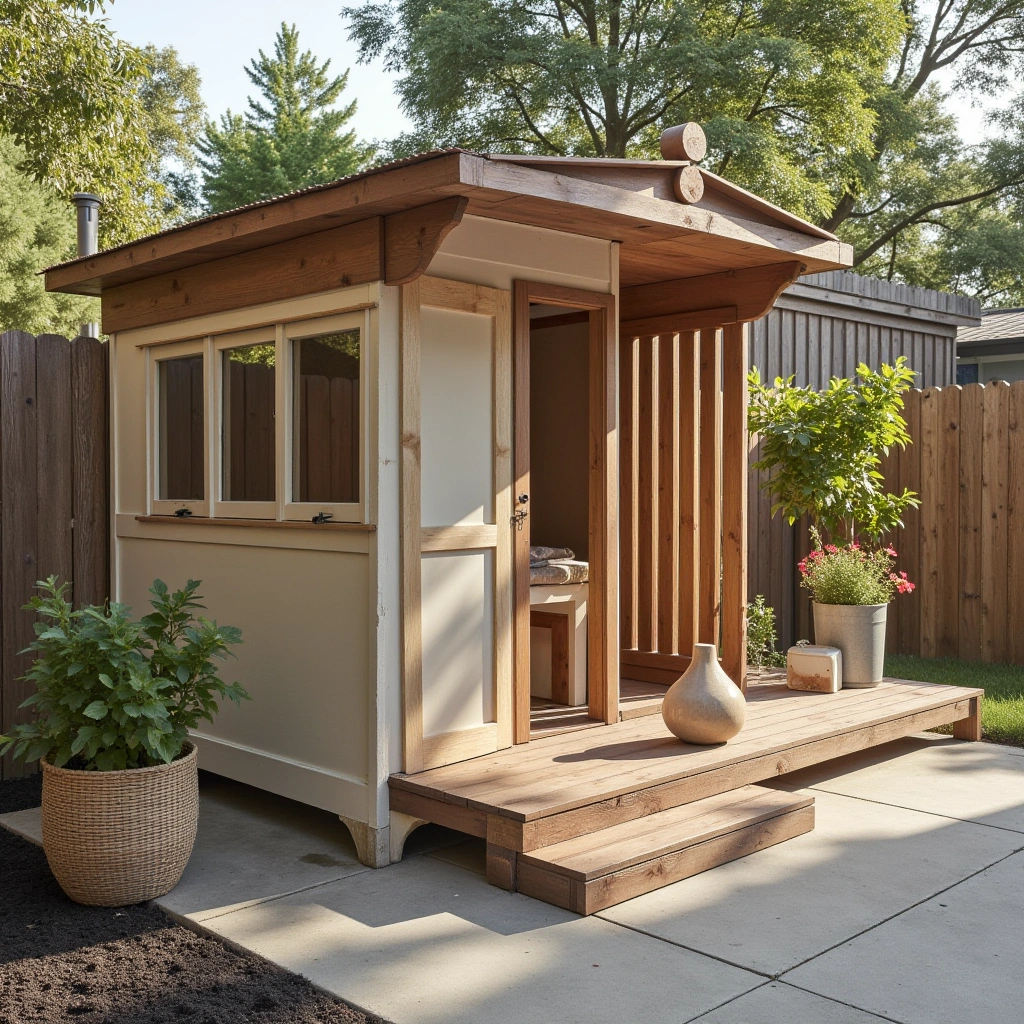
Outdoor space can be a valuable extension of your tiny house living area. Create a safe and engaging outdoor play area for your toddler.
Outdoor Play Area Elements:
- Playhouse: A small structure for imaginative play.
- Sandbox: A fun and sensory activity area.
- Garden: A space for growing plants and exploring nature.
Practical Tips:
- Use fencing to create a safe and secure play area.
- Incorporate outdoor toys and activities that promote learning and development.
Suitability:
- Works well in all home styles, from modern to traditional.
- Adds a touch of outdoor fun and adventure to any space.
Moving on, let’s discuss the importance of a clutter-free environment.
Keep It Clutter-Free
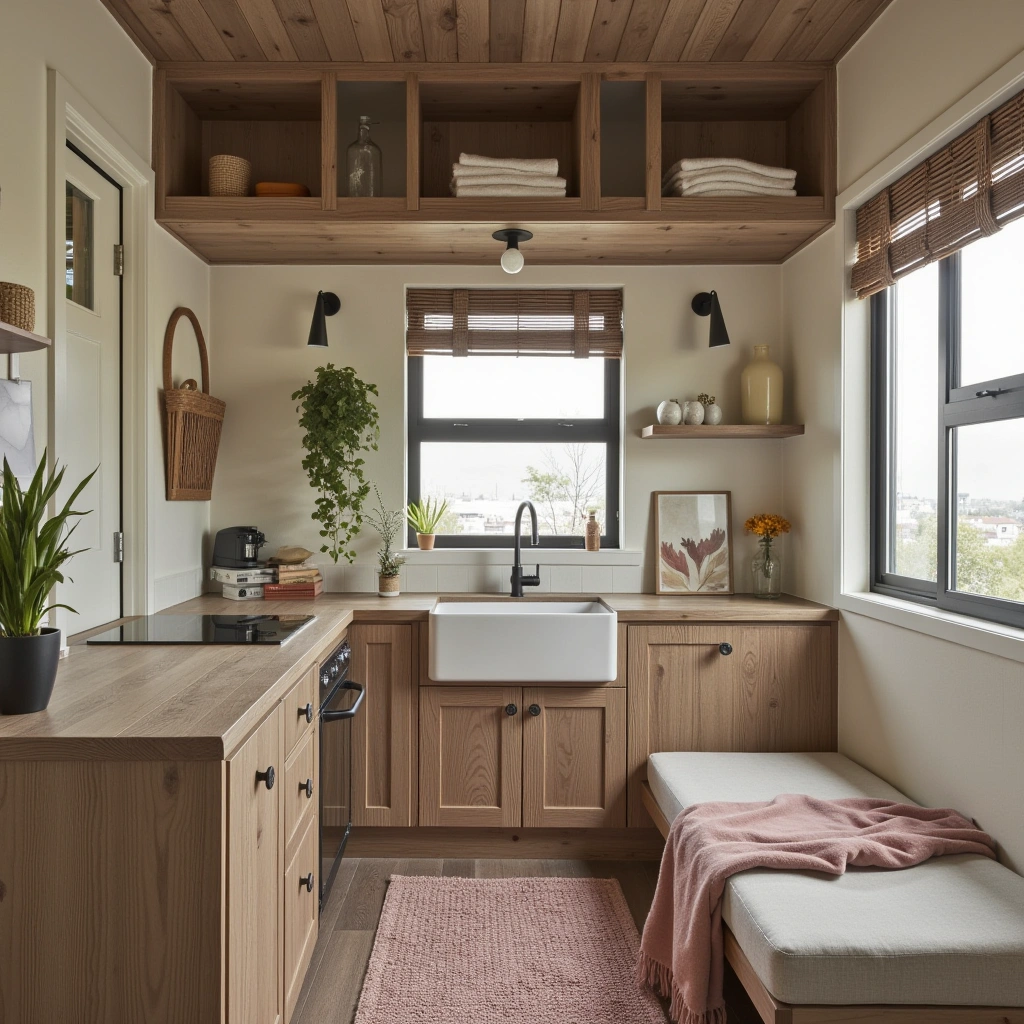
A clutter-free environment is essential for maintaining a peaceful and organized tiny house. Regularly declutter and organize your space to keep it tidy and inviting.
Decluttering Tips:
- Regular Clean-Up: Set aside time each day to tidy up.
- Storage Solutions: Use bins, baskets, and shelves to keep items organized.
- Minimalist Approach: Keep only essential items and donate or store the rest.
Practical Tips:
- Use labels to keep storage areas organized.
- Incorporate a “one in, one out” rule to prevent clutter from accumulating.
Suitability:
- Fits well in all home styles, from modern to traditional.
- Creates a clean and organized atmosphere for your toddler.
Next, let’s explore how to create a flexible living space.
Create a Flexible Living Space
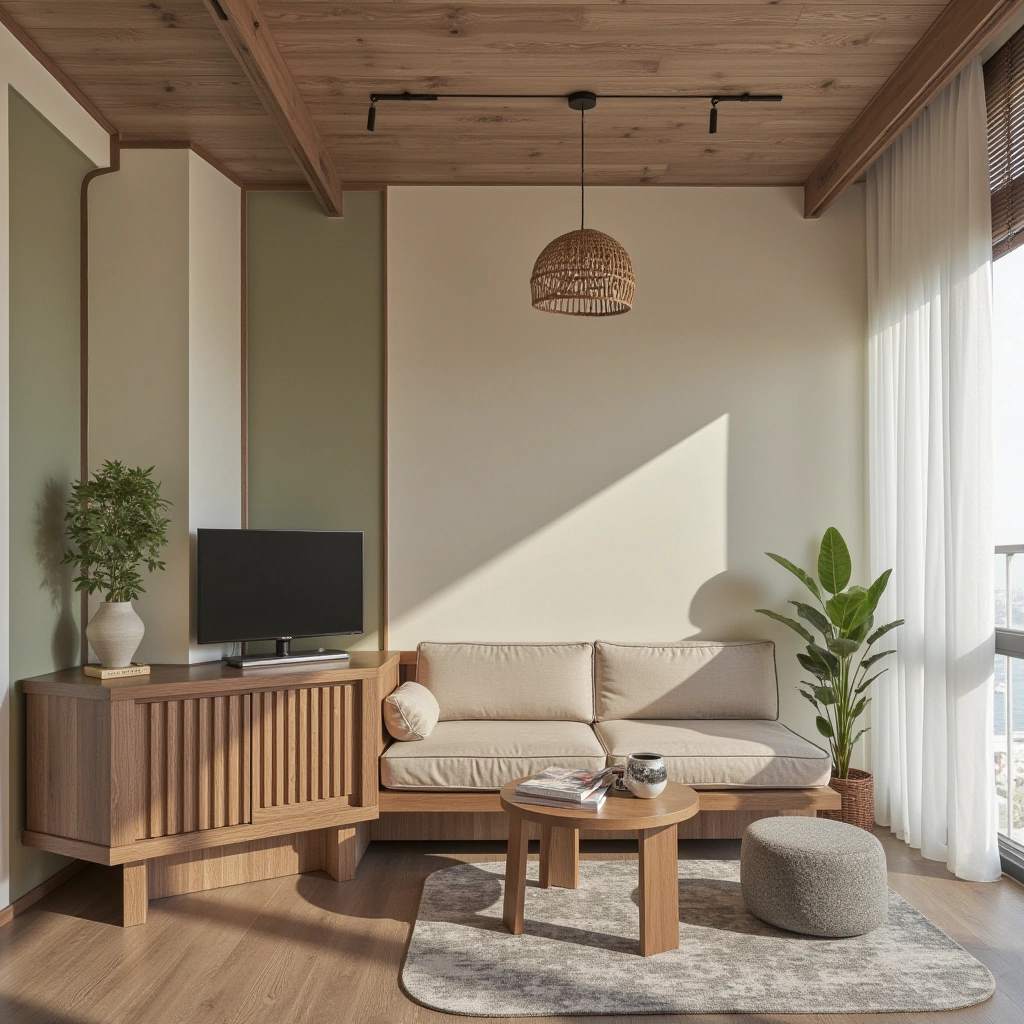
A flexible living space can adapt to your toddler’s changing needs and preferences. Use modular furniture and multi-purpose areas to create a versatile environment.
Flexible Living Elements:
- Modular Furniture: Pieces that can be rearranged and adapted.
- Multi-Purpose Areas: Spaces that serve multiple functions, such as a play area that doubles as a dining area.
- Adjustable Lighting: Lighting solutions that can be adapted to different activities and moods.
Practical Tips:
- Use furniture with casters for easy movement.
- Incorporate folding chairs and tables for added flexibility.
Suitability:
- Works well in modern and contemporary home styles.
- Can be adapted to traditional settings with the right furniture choices.
Moving on, let’s discuss the importance of a stimulating learning environment.
Foster a Stimulating Learning Environment
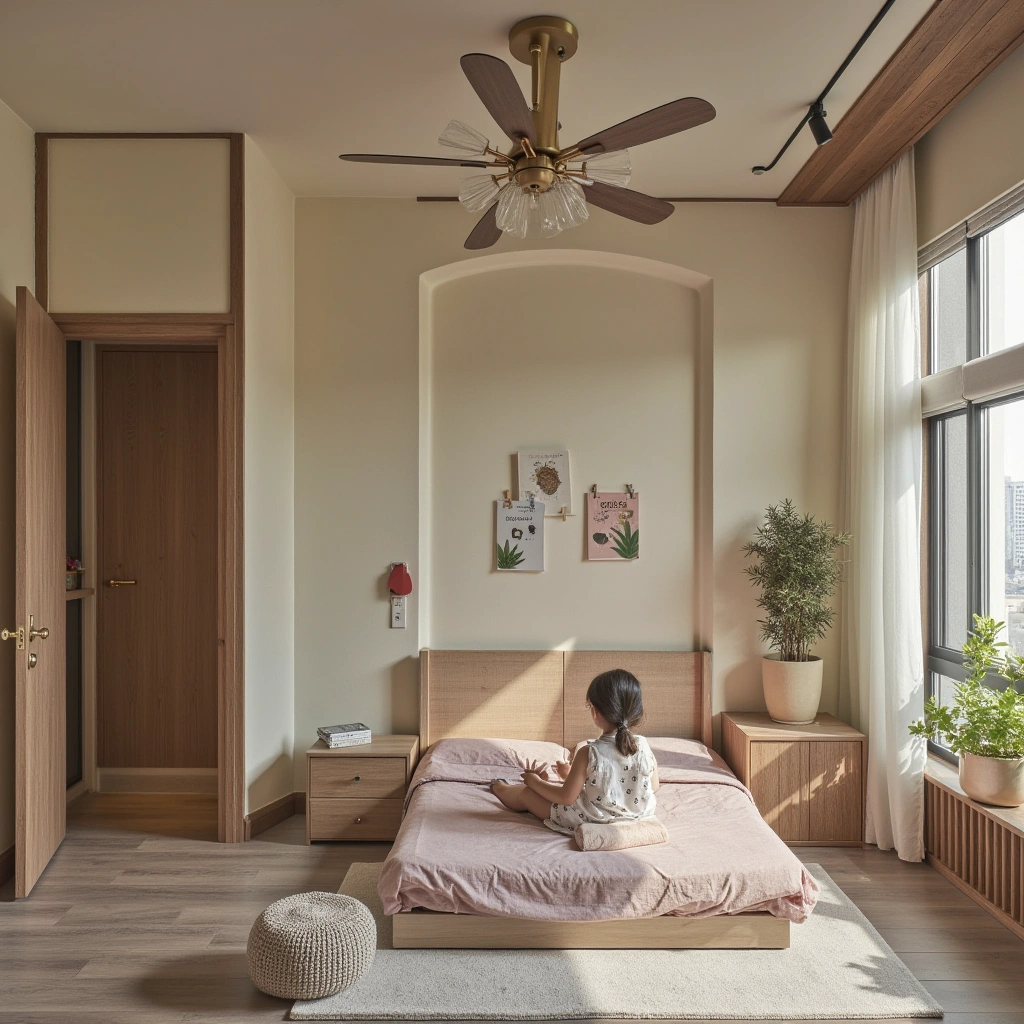
A stimulating learning environment is crucial for your toddler’s development. Create a space that encourages exploration, creativity, and learning.
Learning Environment Elements:
- Educational Toys: Toys that promote learning and development.
- Activity Centers: Areas dedicated to specific activities, such as art, music, and science.
- Interactive Wall Decor: Wall art and decorative items that encourage interaction and learning.
Practical Tips:
- Use educational posters and charts to promote learning.
- Incorporate sensory activities that engage all five senses.
Suitability:
- Fits well in all home styles, from modern to traditional.
- Creates a stimulating and engaging atmosphere for your toddler.
Next, let’s explore how to make the most of small kitchen spaces.
Optimize Small Kitchen Spaces

Small kitchen spaces can be challenging, but with the right strategies, you can create a functional and efficient cooking area. Utilize smart storage solutions and multi-functional appliances.
Kitchen Storage Solutions:
- Wall-Mounted Shelves: Maximize vertical space for storage.
- Under-Sink Storage: Use the space under the sink for cleaning supplies and other items.
- Magnetic Knife Strip: Keep knives organized and within reach.
Practical Tips:
- Use stackable containers to save space.
- Incorporate a folding table for added workspace.
Suitability:
- Works well in modern and contemporary home styles.
- Can be adapted to traditional settings with the right storage solutions.
Moving on, let’s discuss the importance of a relaxing bathroom environment.
Design a Relaxing Bathroom

A relaxing bathroom is essential for your toddler’s comfort and well-being. Create a calming and inviting space with soft lighting, soothing colors, and comfortable fixtures.
Bathroom Elements:
- Soft Lighting: Warm and inviting lighting solutions.
- Soothing Colors: Calming color schemes that promote relaxation.
- Comfortable Fixtures: Soft towels, cozy bath mats, and comfortable seating.
Practical Tips:
- Use non-slip mats to prevent falls.
- Incorporate a step stool for easy access to the sink and toilet.
Suitability:
- Fits well in all home styles, from modern to traditional.
- Creates a peaceful and inviting atmosphere for your toddler.
Next, let’s explore how to create a cozy reading nook.
Create a Cozy Reading Nook
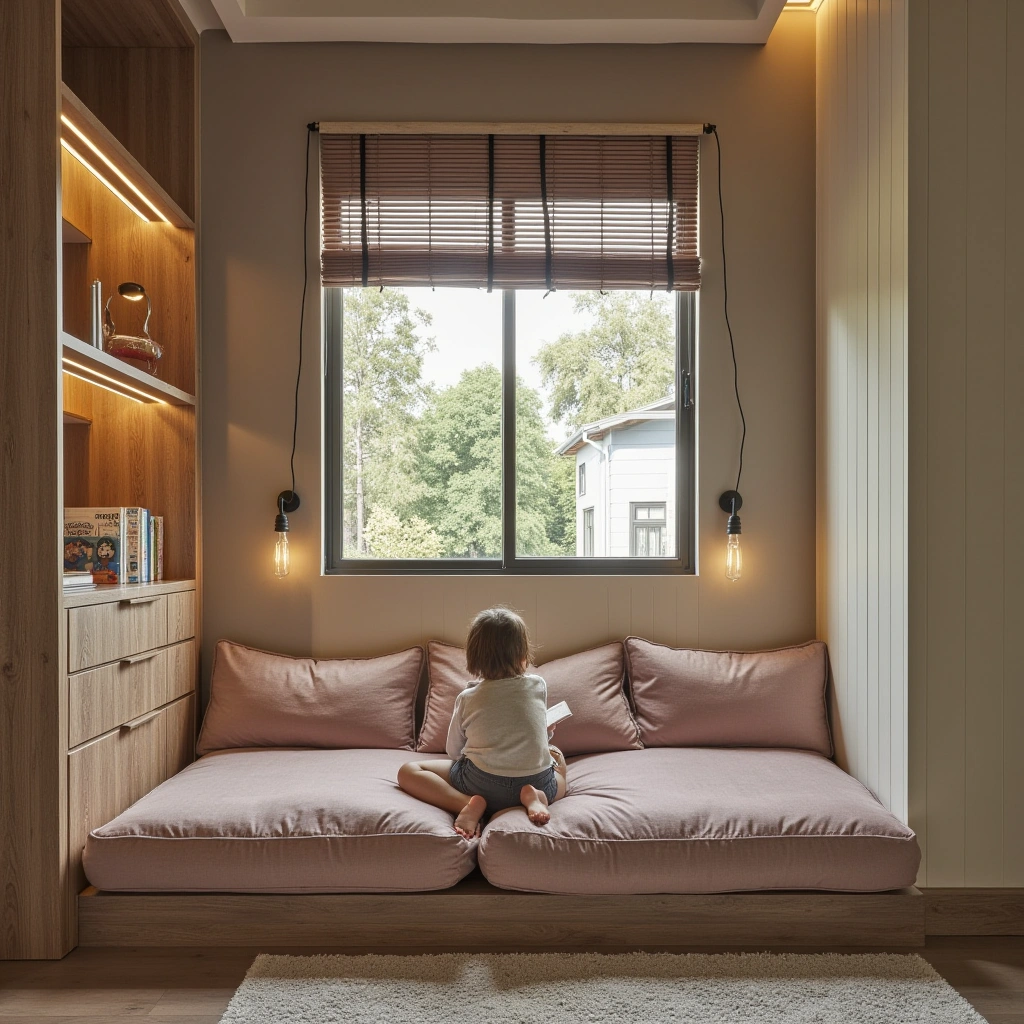
A cozy reading nook is a perfect place for your toddler to enjoy books and stories. Create a comfortable and inviting space with soft seating, warm lighting, and plenty of books.
Reading Nook Elements:
- Soft Seating: Comfortable chairs, bean bags, or floor cushions.
- Warm Lighting: Soft and inviting lighting solutions.
- Plenty of Books: A variety of books suitable for your toddler’s age and interests.
Practical Tips:
- Use a bookshelf to keep books organized and within reach.
- Incorporate a cozy blanket for added comfort.
Suitability:
- Works well in all home styles, from modern to traditional.
- Creates a inviting and stimulating atmosphere for your toddler.
Moving on, let’s discuss the importance of a well-organized entryway.
Organize the Entryway

A well-organized entryway is essential for keeping your tiny house tidy and clutter-free. Utilize smart storage solutions and functional furniture to create an efficient entryway.
Entryway Storage Solutions:
- Shoe Rack: A designated space for shoes and boots.
- Coat Hooks: A place to hang coats, jackets, and bags.
- Storage Bench: A multi-functional piece that provides seating and storage.
Practical Tips:
- Use baskets and bins to keep small items organized.
- Incorporate a mirror for quick checks before leaving the house.
Suitability:
- Works well in modern and contemporary home styles.
- Can be adapted to traditional settings with the right storage solutions.
Next, let’s explore how to create a fun and engaging playroom.
Design a Fun and Engaging Playroom
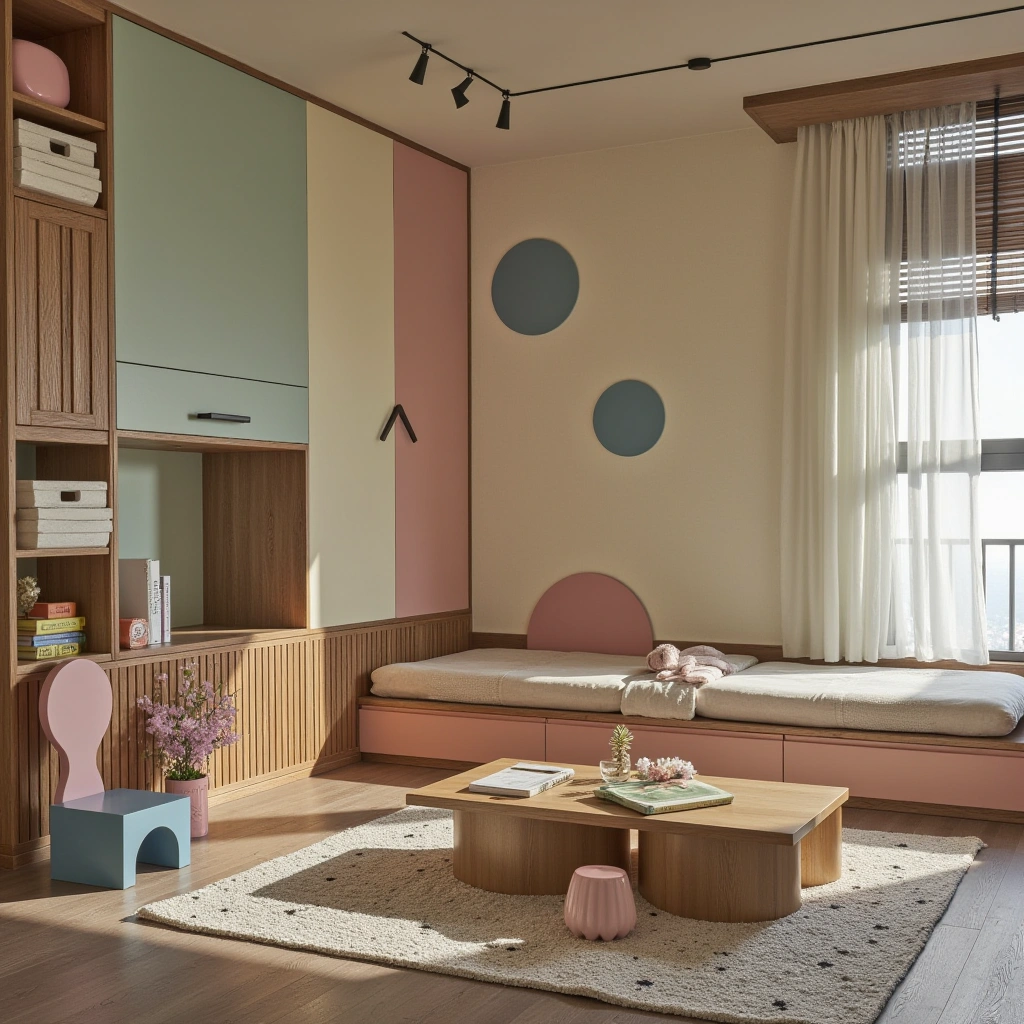
A fun and engaging playroom is a perfect space for your toddler to explore, learn, and have fun. Create a stimulating and inviting environment with colorful decor, educational toys, and interactive activities.
Playroom Elements:
- Colorful Decor: Bright and vibrant colors that stimulate the senses.
- Educational Toys: Toys that promote learning and development.
- Interactive Activities: Games and activities that encourage interaction and creativity.
Practical Tips:
- Use modular furniture that can be rearranged as needed.
- Incorporate a chalkboard wall for drawing and writing.
Suitability:
- Fits well in all home styles, from modern to traditional.
- Creates a stimulating and engaging atmosphere for your toddler.
Finally, let’s discuss the importance of a well-designed laundry area.
Optimize the Laundry Area
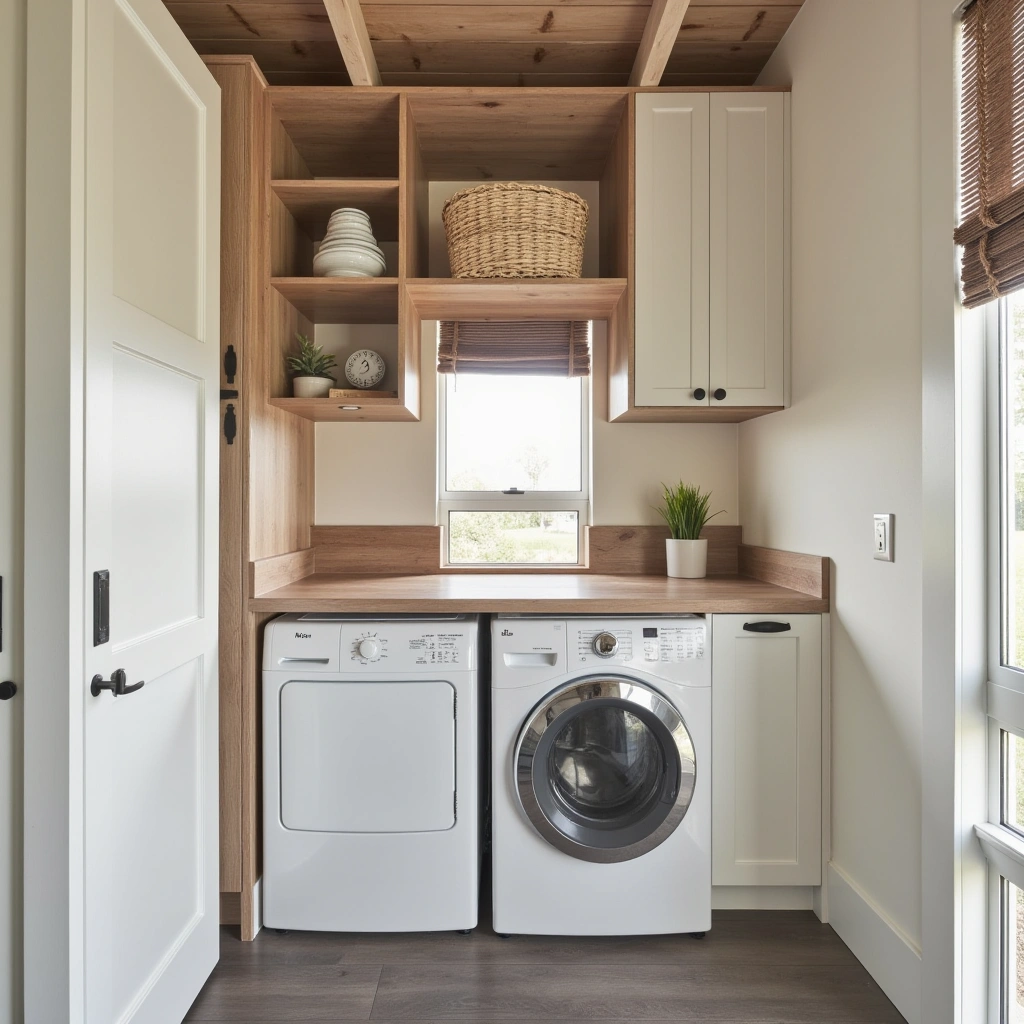
A well-designed laundry area is essential for keeping your tiny house clean and organized. Utilize smart storage solutions and functional appliances to create an efficient laundry space.
Laundry Area Elements:
- Stackable Washer and Dryer: Space-saving appliances that maximize vertical space.
- Wall-Mounted Shelves: Storage solutions that keep laundry supplies organized.
- Folding Table: A designated space for folding and sorting laundry.
Practical Tips:
- Use baskets and bins to keep laundry organized.
- Incorporate a drying rack for delicate items.
Suitability:
- Works well in modern and contemporary home styles.
- Can be adapted to traditional settings with the right storage solutions.
Conclusion
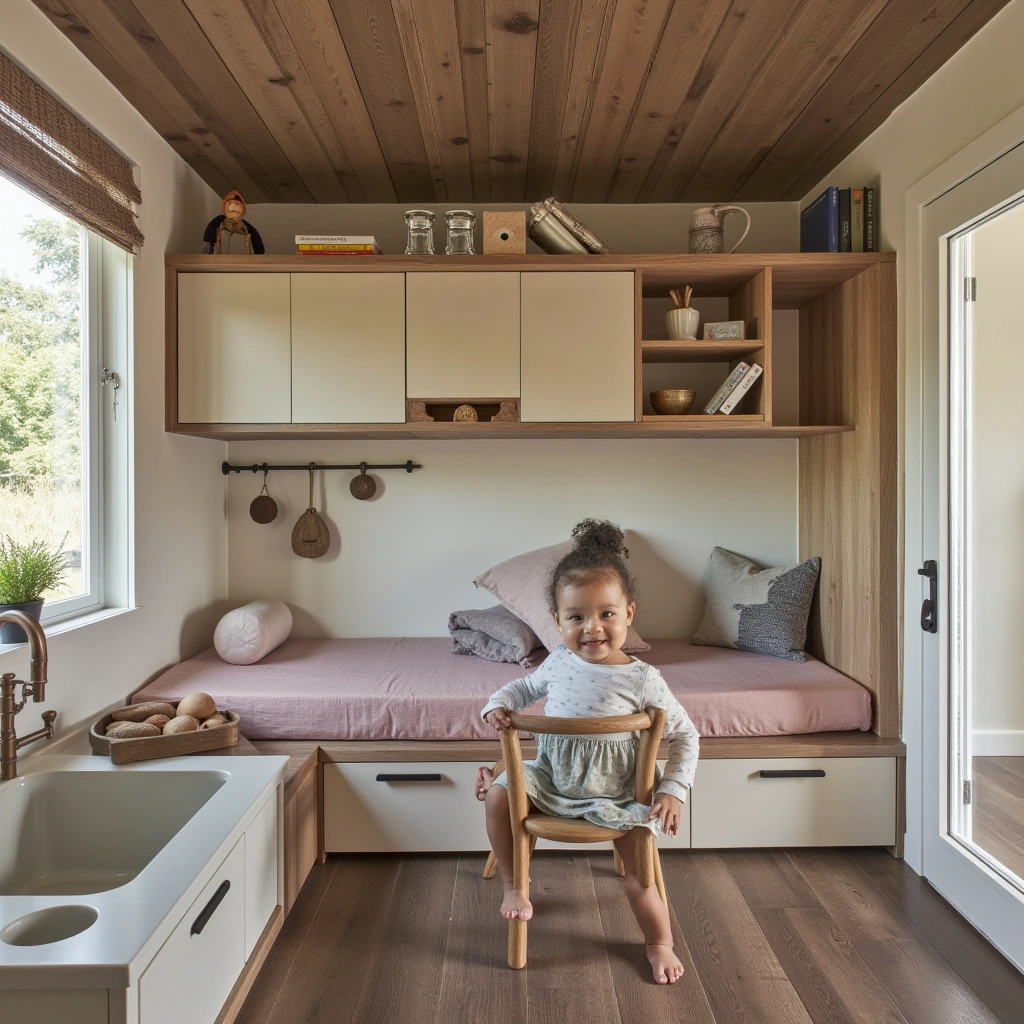
Tiny house living with a toddler can be a rewarding and enjoyable experience with the right strategies and creative solutions. By incorporating multi-functional furniture, smart storage solutions, and child-friendly design elements, you can create a comfortable and stimulating space for your little one.
Remember, the key to successful tiny house living with a toddler is to maximize space, prioritize safety, and create a flexible environment that grows with your child. With these 18 innovative ideas, you can transform your small space into a functional and enjoyable home for your toddler.
Embrace the journey of tiny house living with a toddler, and enjoy the unique benefits it offers. From increased family bonding to a simpler, more sustainable lifestyle, tiny house living with a toddler can be a truly enriching experience.
So, are you ready to embark on the adventure of tiny house living with a toddler? With these tips and tricks, you’re well on your way to creating a beautiful and functional home for your little one.
“Tiny house living with a toddler” is for the brave and the creative, and we know you have got what it takes to make your small space the best place for your child to grow and thrive.



